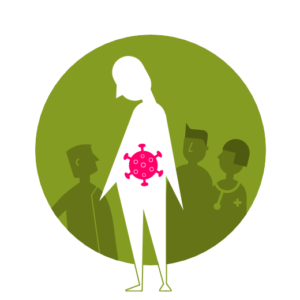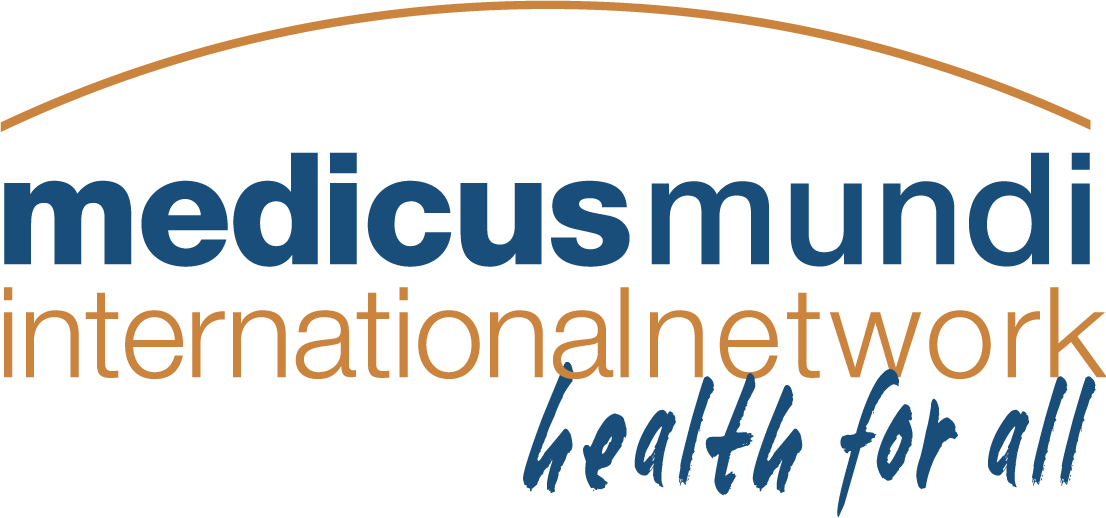 In 2018, Memisa set a new course on Sexual and Reproductive Health and Rights (SRHR) by signing an inter-organizational gender charter and training all its headquarter staff through the online e-learning tutorial “Body & Rights”. Indeed, while gender and sexual and reproductive health and rights have been part of a transversal approach for Memisa for many years now, 2018 was marked by a series of specific actions to complement the previous transversal approach.
In 2018, Memisa set a new course on Sexual and Reproductive Health and Rights (SRHR) by signing an inter-organizational gender charter and training all its headquarter staff through the online e-learning tutorial “Body & Rights”. Indeed, while gender and sexual and reproductive health and rights have been part of a transversal approach for Memisa for many years now, 2018 was marked by a series of specific actions to complement the previous transversal approach.
While the notion of sex refers to the biological differences between women and men, the concept of gender refers to the way in which society assigns differentiated roles and status to men and women, with, in most cases, a negative appreciation associated with female roles. These differentiated statuses vary in time and space and are determined by social, political, historical, cultural and religious norms. By intellectually dissociating the cultural and the biological aspects, the concept of gender questions clichés related to sex.
Over the years, considerable progress in gender equality has profoundly changed the way men and women perceive their future. The recognition of the rights of LGTBQI is progressing around the world under rightful pressure from broad movements claiming the right to be able to live their gender and exercise their sexuality without fear of discrimination or threats. However, these considerable advances are fragile and inequalities are far from having disappeared from the globe. Inspired by the experience of the Gender Mainstreaming Charter adopted by the three Belgian trade unions in 2004, the NGOs and institutional stakeholders decided to embark on the project of creating a charter for gender equality. The gender charter was proudly signed by Memisa and is divided into eight specific points. Memisa therefore undertakes to:
- In its vision-mission, fully integrate the fight for gender equality into the global mission to fight poverty and inequality
- Promote a balanced representation of women and men in its decision-making and governance bodies (Board and other bodies) by having at least a 1/3 representation of persons of the same sex in these bodies
- Develop a dual approach: transversal (“gender mainstreaming”) and gender-specific in all aspects
- Define a gender action plan for its organisation, with objectively verifiable monitoring and evaluation measures and a dedi cated budget
- Explicitly integrate gender equality into human resources policy
- Explicitly integrate the gender equality dimension into the code of conduct
- Ensure, in all its activities, that all communications ensure a non-stereotypical and balanced representation of men and women and that specific attention is paid to sexual diversity
- Contribute to the empowerment of women and discriminated social groups
While we are well advanced in most of these commitments, it is now a matter of keeping them in mind consistently and for the long term, and translating them into concrete actions.
Mandatory gender and SRHR training
Regardless of their position, all staff at Memisa headquarters has been trained in gender issues and SRHR. The “Body & Rights” tutorial was created at the request of the Belgian Development Cooperation for Belgian diplomats and expatriate staff of the Belgian Development Agency (ENABEL). The tutorial was developed by the Belgian platform of international health actors Be-Cause Health under the coordination of Sensoa. It is a tutorial that covers the following themes:
Definition and obstacles to sexual and reproductive health: the definition of sexual and reproductive health and rights as well as the major obstacles encountered throughout the world, including cultural ones.
- HIV and STI: The tutorial presents global HIV figures and its impact on the world. The other STI are also presented.
- Family Planning: The tutorial presents the benefits of family planning, the unmet need for family planning, as well as data on maternal mortality and unsafe abortion.
- Sexual and gender-based violence: The tutorial covers the definition of sexual violence. We also see female genital mutilation and child marriages.
- Vulnerable groups: Not everyone is equal in terms of sexual and reproductive health and rights. Some groups are more vulnerable than others, such as young people, sexual minorities and migrants.
- Politics: Finally, the tutorial reviews international politics in the same way, as well as Belgium’s legislative framework.
After the Belgian Directorate-General for Development Cooperation and ENABEL, Memisa is the third entity with the most members trained in sexual and reproductive health with this online tutorial. These training courses are already bearing fruit and in Memisa’s actions. In Burundi and the DRC for instance, gender is no longer approached only as a transversal theme but has now a specific budget and specific expected results as well, with activities such as telemedicine, health promotion/education, improving maternal health, advocacy and protecting patients’ rights.
In 2019 and beyond, Memisa will continue to build on this momentum by contributing to the evaluation and actualization of the tool, and by disseminating the “Body & Rights” tutorial and the content of the gender charter to our staff and partners around the world.
………………………..
Contribution by Memisa to the 2018 Annual Report of the MMI Network
References:
Gender charter: https://memisa.be/wp-content/uploads/2019/01/charte_genre_osc.pdf
E-tutorial, pictures: https://www.bodyandrights.be/
